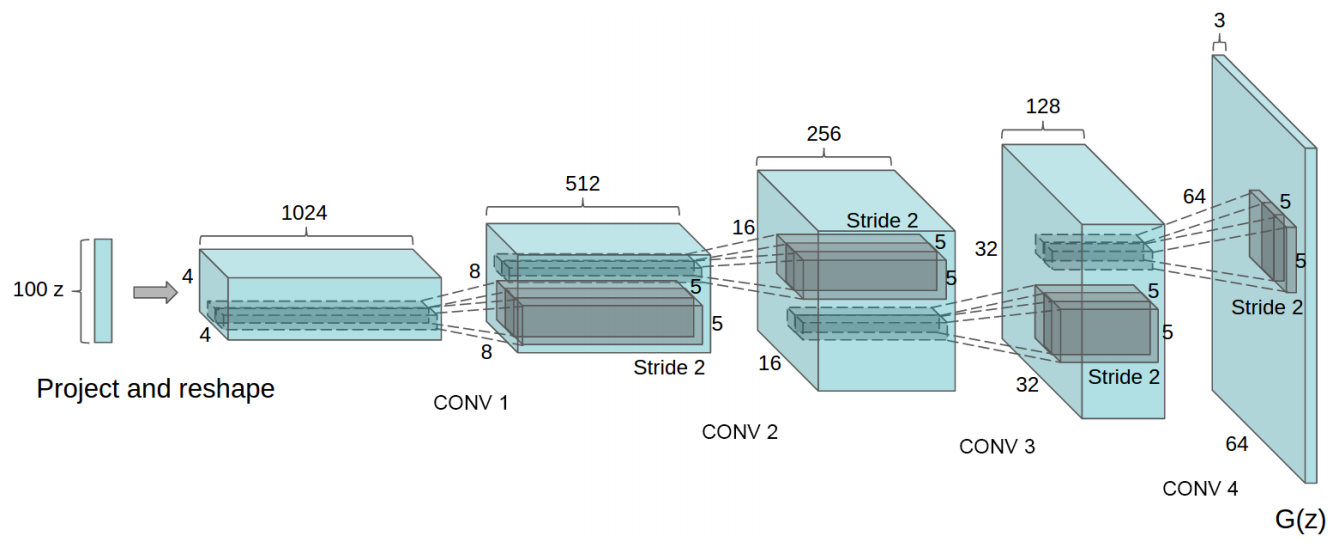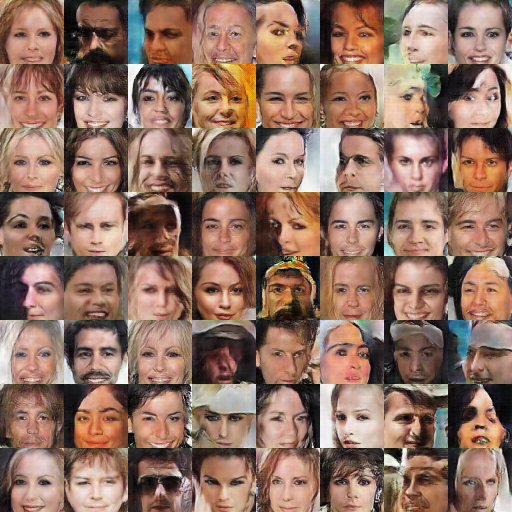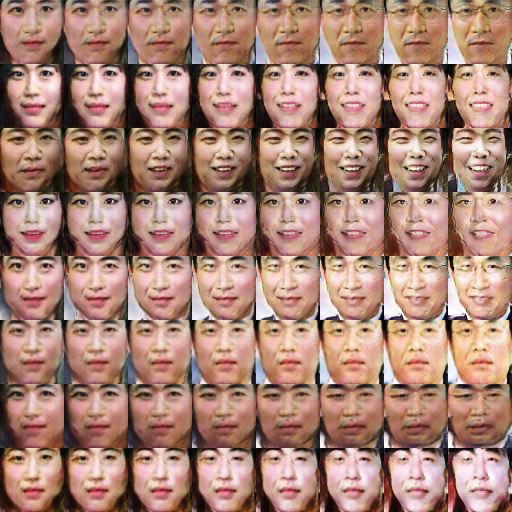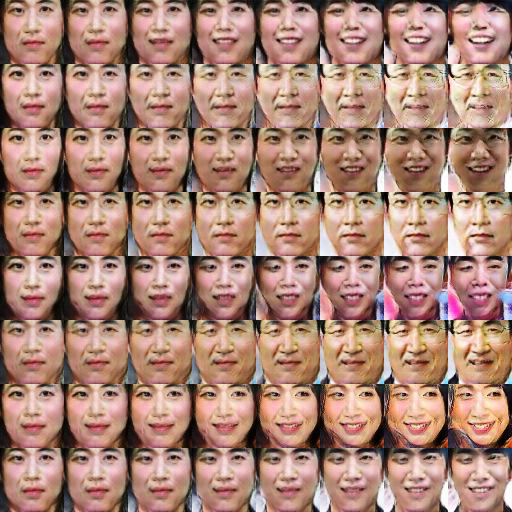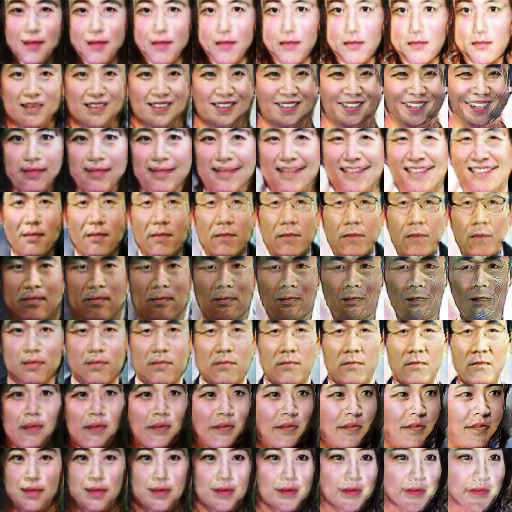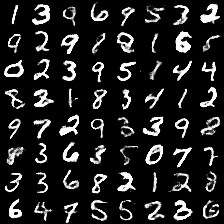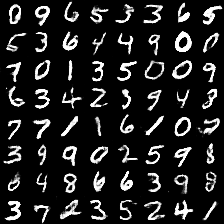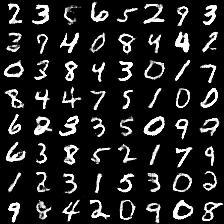Tensorflow implementation of Deep Convolutional Generative Adversarial Networks which is a stabilize Generative Adversarial Networks. The referenced torch code can be found here.
- Brandon Amos wrote an excellent blog post and image completion code based on this repo.
- To avoid the fast convergence of D (discriminator) network, G (generator) network is updated twice for each D network update, which differs from original paper.
- Python 2.7 or Python 3.3+
- Tensorflow 0.12.1
- SciPy
- pillow
- (Optional) moviepy (for visualization)
- (Optional) Align&Cropped Images.zip : Large-scale CelebFaces Dataset
First, download dataset with:
$ python download.py mnist celebA
To train a model with downloaded dataset:
$ python main.py --dataset mnist --input_height=28 --output_height=28 --train
$ python main.py --dataset celebA --input_height=108 --train --crop
To test with an existing model:
$ python main.py --dataset mnist --input_height=28 --output_height=28
$ python main.py --dataset celebA --input_height=108 --crop
Or, you can use your own dataset (without central crop) by:
$ mkdir data/DATASET_NAME
... add images to data/DATASET_NAME ...
$ python main.py --dataset DATASET_NAME --train
$ python main.py --dataset DATASET_NAME
$ # example
$ python main.py --dataset=eyes --input_fname_pattern="*_cropped.png" --train
After 6th epoch:
After 10th epoch:
MNIST codes are written by @PhoenixDai.
More results can be found here and here.
Details of the loss of Discriminator and Generator (with custom dataset not celebA).
Details of the histogram of true and fake result of discriminator (with custom dataset not celebA).
Taehoon Kim / @carpedm20
